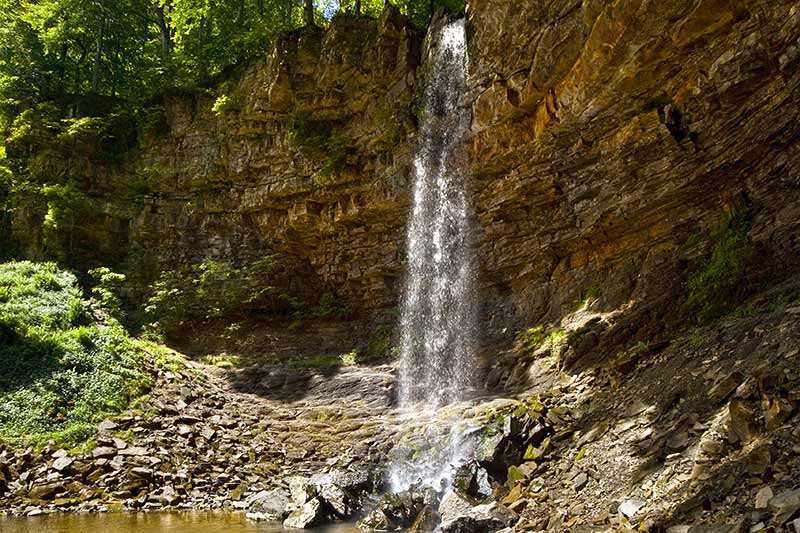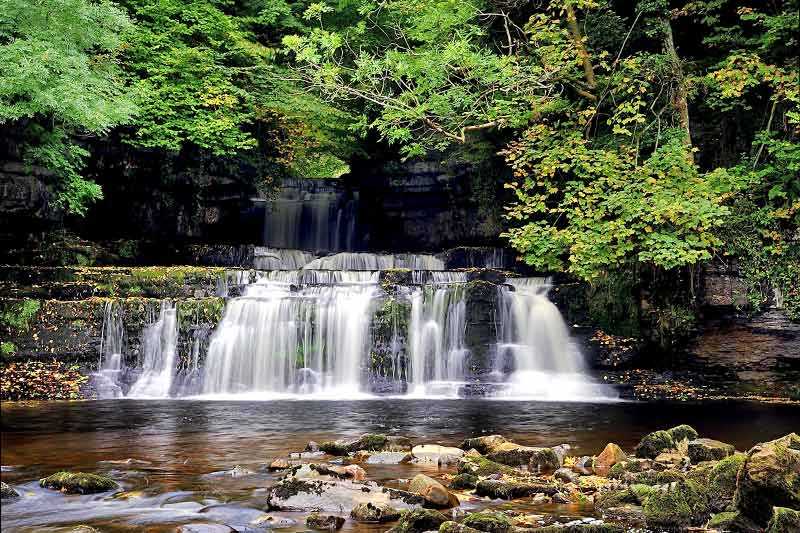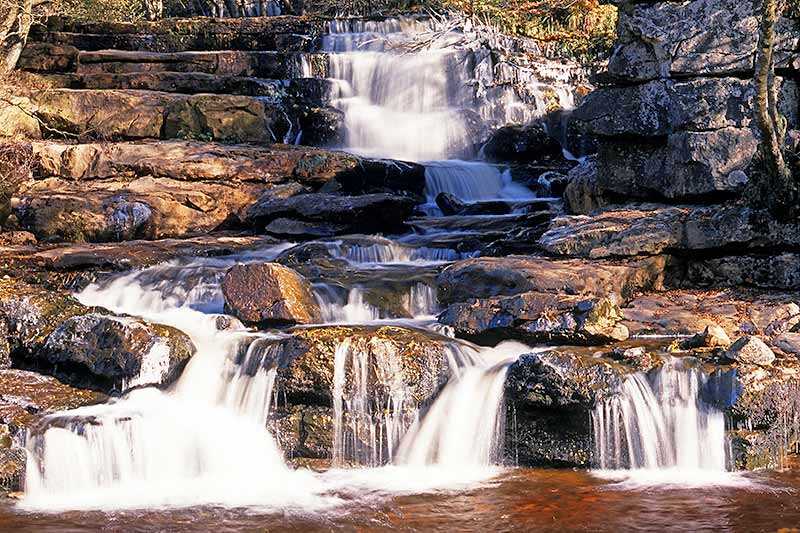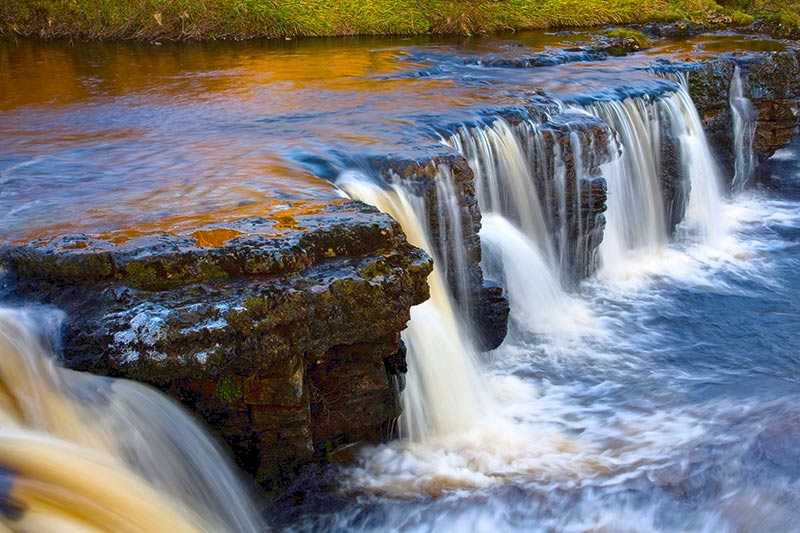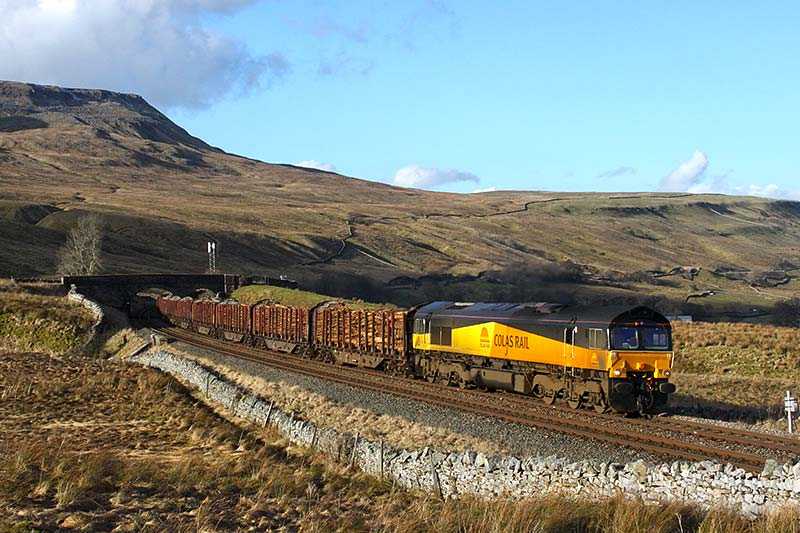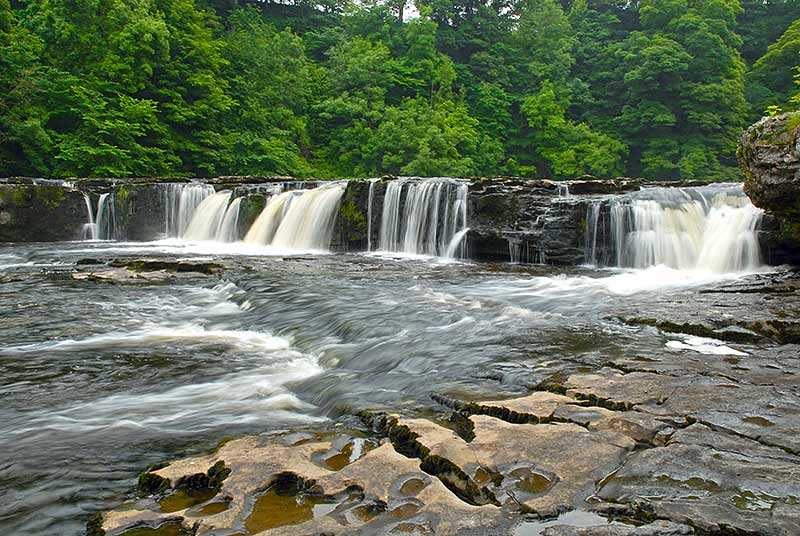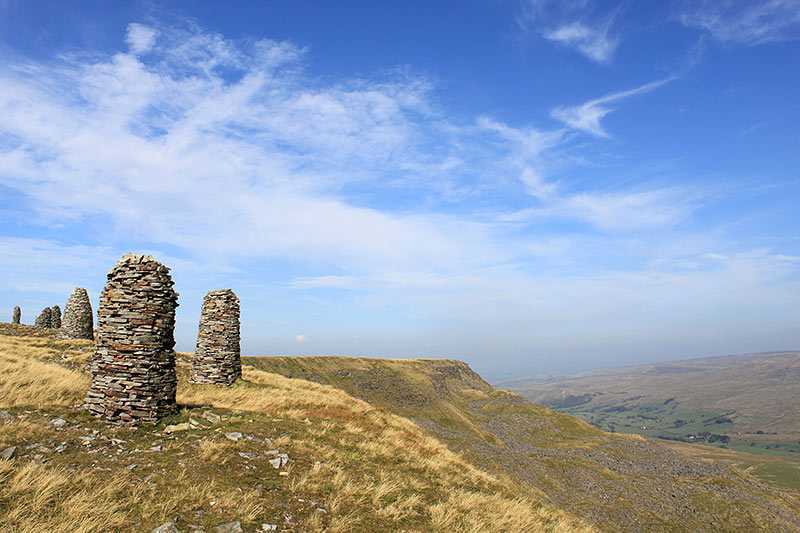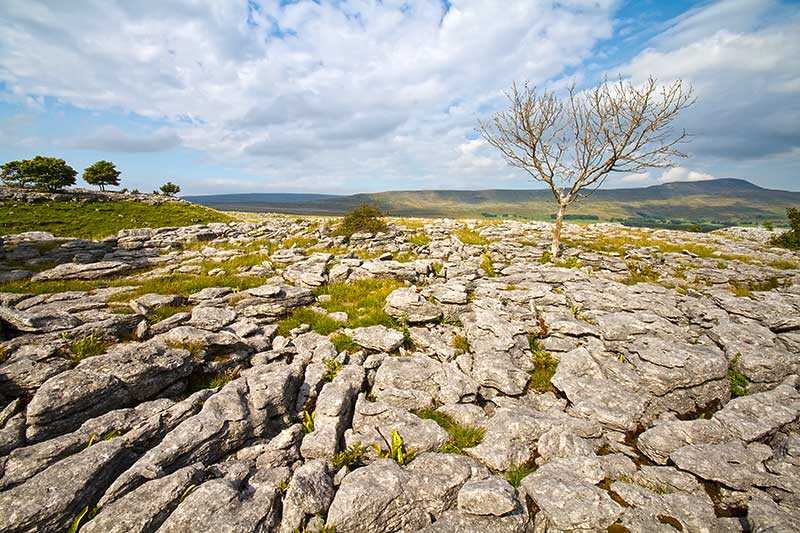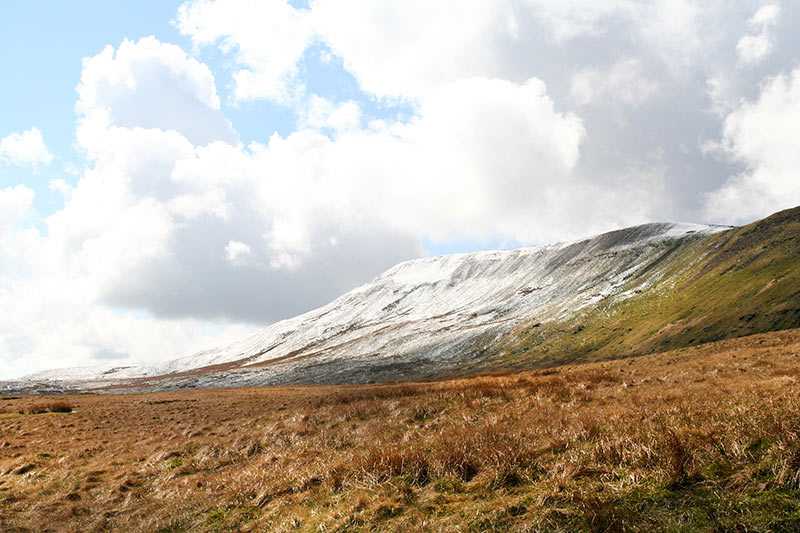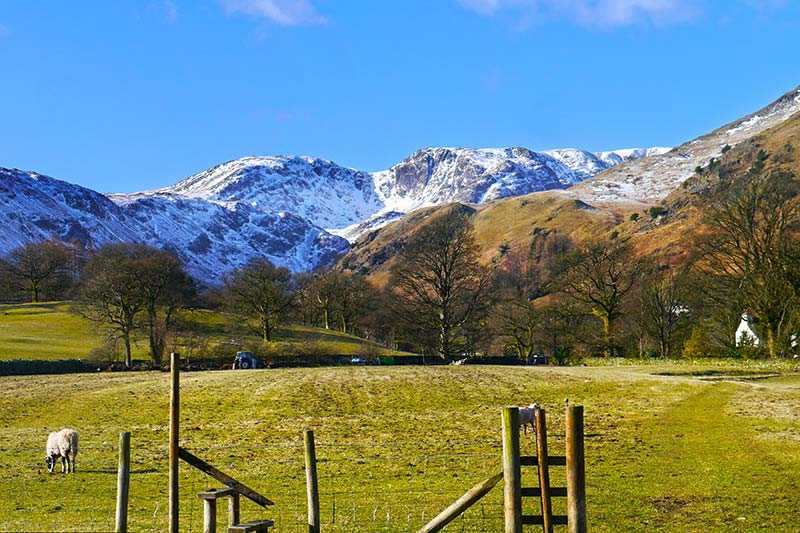Yorkshire Dales National Park
About Yorkshire Dales National Park
The Yorkshire Dales National Park is an upland area of Northern England. Designated a National Park in 1954, the majority of the Park lies in North Yor...
About Yorkshire Dales National Park
The Yorkshire Dales National Park is an upland area of Northern England. Designated a National Park in 1954, the majority of the Park lies in North Yorkshire, with a small extension into neighbouring Cumbria, and covers an area of 1,769km² (683 square miles). The rural scenery includes rolling hills, aging woodland, river valleys and wild moorland....
Things to do near Yorkshire Dales National Park
Attractions near Yorkshire Dales National Park
Activities
About Yorkshire Dales National Park
About Yorkshire Dales National Park
The Yorkshire Dales National Park is an upland area of Northern England. Designated a National Park in 1954, the majority of the Park lies in North Yorkshire, with a small extension into neighbouring Cumbria, and covers an area of 1,769km² (683 square miles). The rural scenery includes rolling hills, aging woodland, river valleys and wild moorland. The geology of the Yorkshire Dales National Park is limestone, giving rise to cliffs, gorges and occasional green-tinged pavements.
Tourism
The Yorkshire Dales National Park is visited by over eight million people a year, the majority of whom visit to take in the outstanding scenery.
Flora and fauna
The Park supports a wealth of habitats. The Dales are important breeding grounds for many birds including grouse, curlew, lapwing and skylarks, which nest on the ground. It’s also one of the few remaining places in England where the threatened red squirrel makes its home. Rivers are equally attractive – there is a chance to spot salmon making their way up river to spawn and jumping up the falls on the Ribble and Wharfe.
Activities
Walking, nature trails and historic sightseeing are popular tourist activities and there are several cross-country routes, including the Pennine Way, the Dales Way and the Coast to Coast path. The versatile landscape also lends itself to more strenuous activities such as caving (the limestone is peppered with extensive cave systems, three of which are open to the public), gorge walking, rock climbing and abseiling. The Yorkshire Dales has plenty of rivers and lakes, offering everything from quiet, still waters to white water and waterfalls for canoeing and kayaking. Sailing and wind-surfing are available at Semer Water and Grimwith Reservoir, all with a backdrop of stunning scenery.
